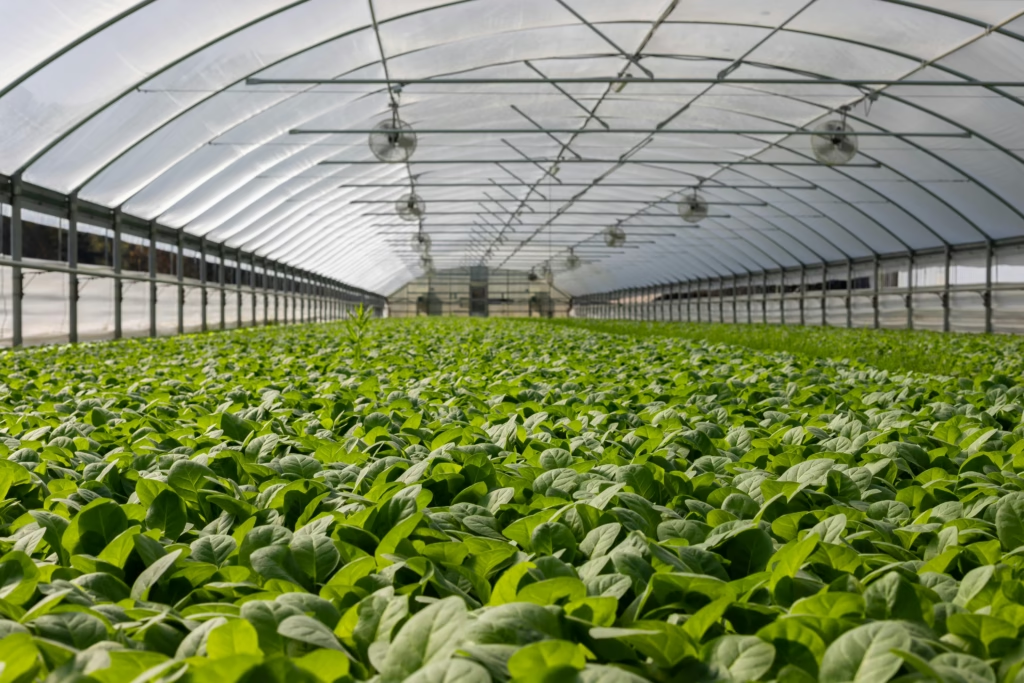
Africa is at a turning point in its agricultural journey. As climate change, soil degradation, and declining yields challenge traditional farming methods, a new approach is gaining ground—regenerative farming. Unlike conventional agriculture, which often focuses solely on productivity, regenerative farming aims to heal the land while producing food sustainably. In Africa, this method is not only restoring the soil but also reshaping the future of farming.
This growing shift toward regenerative farming practices offers immense potential for African farmers, exporters, and the global food system. By focusing on soil health, biodiversity, and ecosystem restoration, regenerative farming is fast becoming a beacon of hope for food security and environmental sustainability across the continent.
Understanding Regenerative Farming
Regenerative farming is an agricultural philosophy and method that goes beyond sustainability. While sustainable farming tries to maintain the current state of land and resources, regenerative farming actively works to improve them. It involves practices such as crop rotation, cover cropping, composting, reduced tillage, and the integration of livestock in farming systems.
The goal is to rebuild organic soil matter, enhance biodiversity, restore natural ecosystems, and increase the land’s ability to absorb and retain carbon. These practices make the soil more resilient to droughts, floods, and other climate-related stresses—all of which are increasingly common in many parts of Africa.
Why Africa Needs Regenerative Farming
Africa is home to some of the world’s most vulnerable ecosystems and rural communities. Many farmers across the continent have witnessed firsthand the impact of soil erosion, nutrient depletion, and unpredictable weather. These challenges not only reduce crop yields but also threaten long-term food security.
In many African countries, smallholder farmers form the backbone of agriculture. Unfortunately, most of them lack access to the knowledge and tools needed to manage land sustainably. Over the years, over-reliance on synthetic fertilizers, monocropping, and land overuse have left soils exhausted and unproductive.
Regenerative farming offers a practical and affordable way forward. It empowers farmers to work with nature rather than against it. By applying regenerative techniques, they can revitalize their land, boost productivity, and ensure the longevity of their farms.
Key Principles of Regenerative Farming in Africa
The implementation of regenerative farming in African agriculture is guided by a few core principles:
- Building Soil Health: Healthy soil is the foundation of productive farming. Practices like cover cropping, organic composting, and minimal tillage help to enrich soil biodiversity and structure.
- Enhancing Biodiversity: Growing a diverse range of crops and integrating livestock improves ecological balance and makes the farming system more resilient to pests and diseases.
- Water Management: By improving soil health, regenerative farms are better at retaining water. This is crucial in areas prone to drought.
- Carbon Sequestration: Regenerative practices help store carbon in the soil, contributing to the fight against climate change.
- Community and Farmer Empowerment: This approach also involves educating farmers, promoting local knowledge systems, and creating cooperative models that benefit communities.
Regenerative Farming Success Stories in Africa
In countries like Kenya, Ethiopia, Nigeria, and Ghana, regenerative farming is no longer just a theory. There are real success stories showing its impact:
- Kenya: Smallholder farmers practicing agroforestry and composting techniques have reported a significant rise in yields and income. They’ve also noticed greater resilience against dry spells.
- Ethiopia: Regenerative land management programs have transformed degraded landscapes into fertile fields. The practice of reintroducing indigenous tree species and rotating crops has revived soil fertility in many communities.
- Ghana: Organic and regenerative cocoa farms are gaining popularity. These farms not only meet international demand for ethically grown produce but also improve long-term land productivity.
The Economic Case for Regenerative Farming
Beyond environmental benefits, regenerative farming makes economic sense for African farmers. With improved soil and water health, input costs decrease. Farmers spend less on chemical fertilizers and pesticides while producing better yields. Additionally, products grown through regenerative methods are gaining traction in global markets. Consumers, especially in Europe and North America, are increasingly willing to pay a premium for ethically and sustainably produced food.
This trend is opening new doors for African agricultural exports. Products like cashews, sesame, coffee, and spices grown through regenerative methods are now more attractive to international buyers who value transparency, traceability, and environmental responsibility.
The Role of Governments and Agri-Tech in Scaling Up
To make regenerative farming a continental movement, support is needed at every level. Governments can play a key role by offering incentives for regenerative practices, funding training programs, and integrating this approach into national agricultural policies.
Technology also has a major role to play. Mobile apps, satellite imaging, and soil sensors can provide farmers with real-time information on crop health, weather, and soil conditions. This data empowers farmers to make informed decisions and adopt regenerative techniques more effectively.
Moreover, exporters and buyers—especially those like the Ahar Group—are taking the lead in promoting regenerative practices. By working closely with producers and providing market access for regeneratively grown crops, these players are creating win-win solutions for both farmers and global buyers.
Challenges Ahead
Despite the promise, regenerative farming still faces obstacles in Africa. These include limited awareness, lack of training resources, and cultural resistance to change. Many farmers are hesitant to shift from methods they’ve relied on for generations. There’s also the challenge of transitioning during the early phases when yields may temporarily decline before the soil improves.
To overcome these hurdles, collaboration is key. NGOs, governments, private companies, and local communities must work together to support farmers through education, funding, and long-term partnerships.
Conclusion
Regenerative farming is more than a trend—it’s a long-term solution for Africa’s agricultural and environmental challenges. By restoring soil health, conserving biodiversity, and empowering rural communities, it offers a way to grow food that sustains both people and the planet.
As awareness spreads and support grows, regenerative farming could transform African agriculture into a model of resilience, sustainability, and prosperity. For Africa, this approach represents not just a return to the roots of farming, but a leap forward toward a greener, healthier future.











Add comment